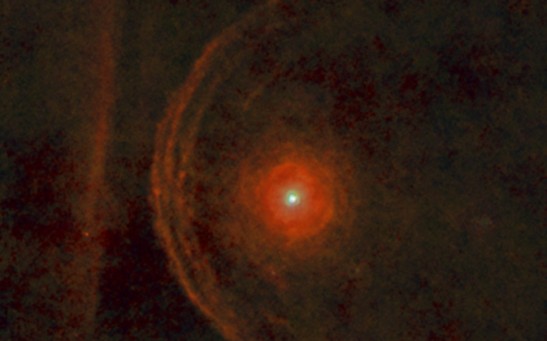Orion
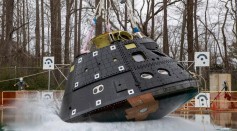
A Dunk for Mankind: NASA Orion Spacecraft Successfully Completes First Water Drop Test
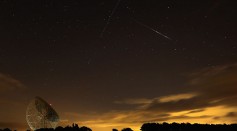
Winter Hexagon: Six Constellations Combine in the Sky This Week; How to See It?
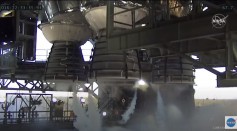
[WATCH] NASA Hot Fire Test Cut Short By Engine Shutdown
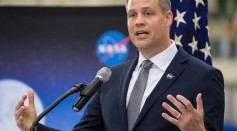
NASA Estimates $28 Billion to Meet Artemis Deadlines
NASA’s Orion Capsule Now Ready For Test Flight
NASA Confirms About First SLS EM1 Mission For Deep Space Exploration
NASA's First Mission To Mars Delays For Running Out Of Budget & Technical Challenges
New Name for Space Launching System Could Be On The Way
Looking Back on 2014: NASA Marks the Top Discoveries of the Year
Orion’s Return: What Re-entry Means for the Industry of Spaceflight
Orionid Meteor Shower: Best Viewing Times and Live Stream Info
Most Popular

How Technology Is Changing the Real Estate Industry?

Study Reveals High Turnover in Scientific Research Careers: What This Means for Future Scientists

How a Plant-Based Diet Can Protect Against Breast Cancer: Insights from Nutrition Research

Why It's So Difficult to Lose Weight: The Biological Explanation Behind Obesity

